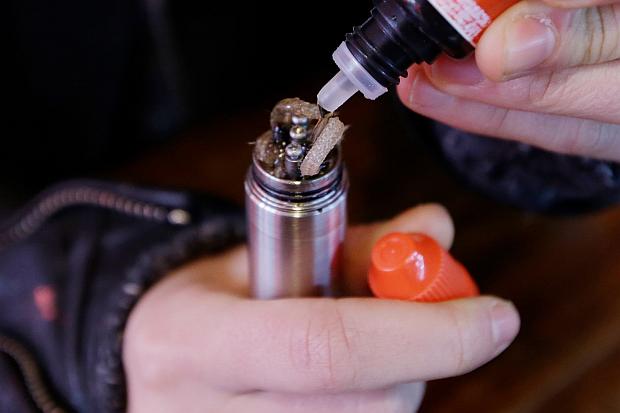
Most vape juices contain some of the following:
- propylene glycol – a common food additive
- vegetable glycerine or glycerol – also food additives
- in some cases, water
- other chemicals (including those used to create flavours).
What are the negative health effects of vaping?
The short-term side effects of using nicotine vapes are usually:
- Lingering aftertaste
- Light-headedness
- Sweating
- Headache
- Nausea and vomiting
- High blood pressure
- Increased heart rate
What are the dangers of vaping?
The interchangeable use of smoking and vaping is most common in people under age 35. They face equal risk of heart attack or stroke than if they lit up exclusively. The takeaway is that there is no ‘best’ method of inhaling nicotine.
How is vaping bad for your health?
Vaping and smoking have also been associated with:
- Bad breath
- Bone loss
- Gum disease
- Tooth decay
- Tooth loss
How dangerous is vaping?
Medical Dangers of Vaping
- Chemical Composition of the Liquid Products. The pharmacologically active components of vaping products are not...
- Problems with Manufacturing of E-Cigarettes. There is no real regulation of either nicotine-containing electronic...
- Toxicity of Nicotine and THC. It bears noting that when vaping is successful and delivers concentrated nicotine or...

How many chemicals were found in e-cigarettes?
The team found nearly 2,000 chemicals, the vast majority of which are unidentified. Of those the team could identify, six substances were potentially harmful, including three chemicals never previously found in e-cigarettes. Tehrani was particularly surprised to find the stimulant caffeine in two of the four products. Caffeine has previously been detected in e-cigarettes but only in the caffeine-oriented flavors like coffee and chocolate.
What is the method used to test vapes?
Prasse and his team were the first researchers to test vape samples with chromatography/high-resolution mass spectrometry, a chemical fingerprinting technique more commonly used to identify organic compounds in wastewater, food, and blood. Although it's possible to buy vaping products in hundreds of flavors, for consistency they tested only tobacco-flavored liquids sold by four popular brands—Mi-Salt, Vuse, Juul, and Blu. They found thousands of unknown chemicals in the liquid, and the number of compounds increased significantly in the aerosol. Furthermore, they detected condensed hydrocarbon-like compounds, typically associated with combustion, which manufacturers say is not happening during vaping. In traditional cigarettes, the condensed hydrocarbons generated during combustion are toxic.
What is vaping fingerprinting?
The study is the first to apply to vaping liquids and aerosols an advanced fingerprinting technique used to identify chemicals in food and wastewater. The results, just published in the journal Chemical Research in Toxicology , suggest people who vape are using a product whose risks have yet to be fully determined and could be exposing themselves to chemicals with adverse health effects.
